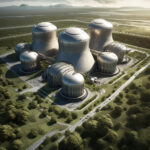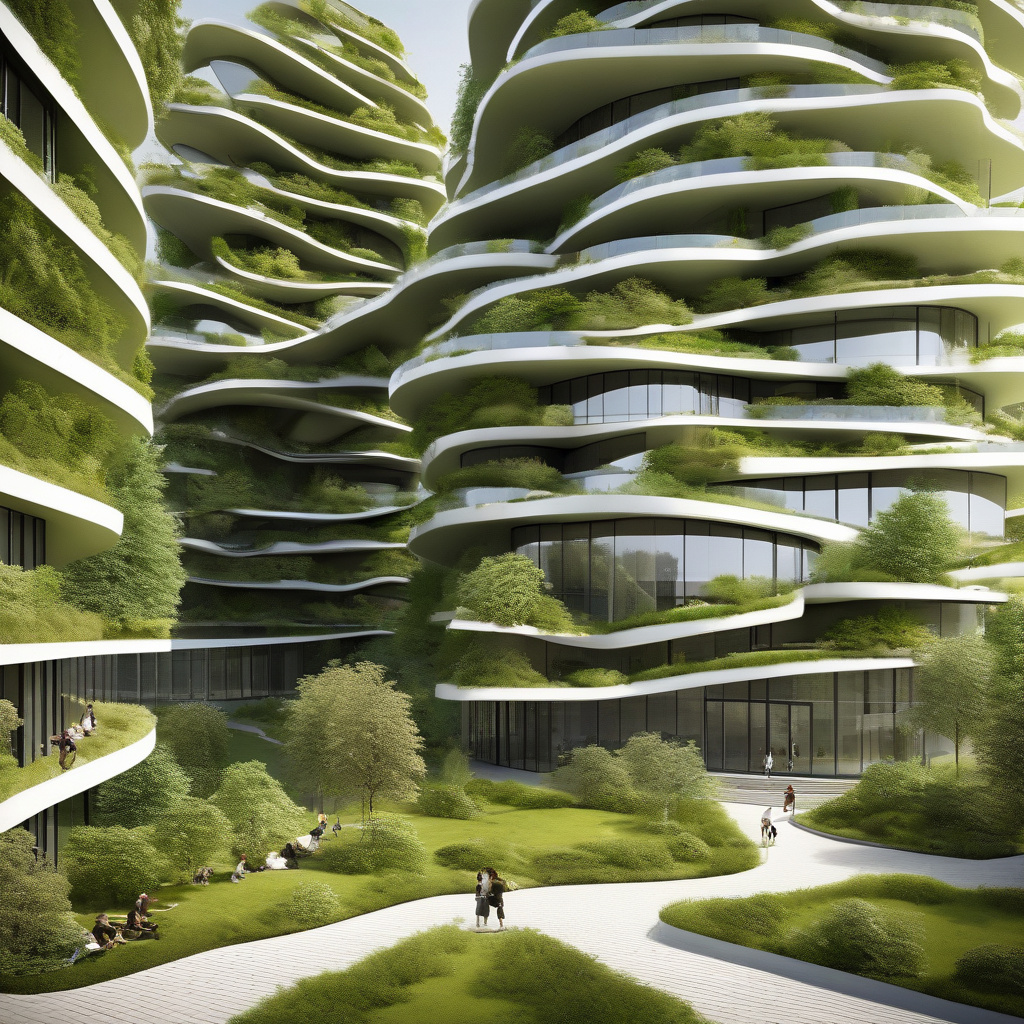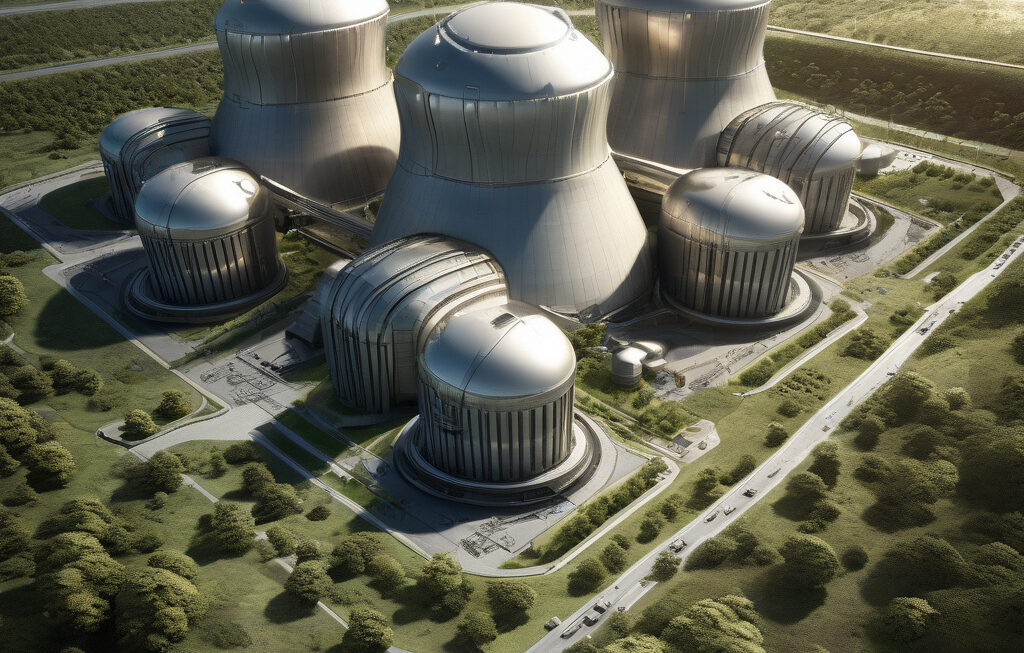Living Architecture: The Future of Green Building
In the realm of sustainable construction, the concept of living architecture is rapidly gaining traction as a transformative approach to building design. Ellie Gabel’s exploration into this innovative field reveals how living architecture seamlessly integrates principles of biomimicry, biophilic design, and smart materials to revolutionize the way we perceive and interact with our built environment.
Living architecture represents a paradigm shift in the construction industry by emulating the resilience and efficiency of natural ecosystems. By drawing inspiration from the organic forms, functions, and processes found in nature, architects and designers are able to create buildings that not only minimize their environmental impact but actively contribute to the well-being of their occupants and the surrounding ecosystem.
One of the key components of living architecture is biomimicry, which involves mimicking natural patterns and strategies to solve human design challenges. For example, a building inspired by termite mounds may incorporate passive cooling techniques that regulate temperature and airflow, reducing the need for mechanical ventilation systems. By studying the way plants photosynthesize or how animals insulate themselves, architects can optimize energy performance and resource efficiency in buildings.
Biophilic design is another integral aspect of living architecture, focusing on enhancing the connection between humans and nature within the built environment. Incorporating elements such as green walls, rooftop gardens, and natural light not only improves air quality and thermal comfort but also promotes mental health and productivity among building occupants. Research has shown that exposure to nature within indoor spaces can reduce stress, boost creativity, and foster a sense of well-being.
Furthermore, the integration of smart materials in living architecture plays a crucial role in optimizing building performance and sustainability. These innovative materials are designed to respond to environmental stimuli, such as light, heat, or moisture, to adapt and self-regulate building conditions. For instance, self-healing concrete can repair cracks autonomously, extending the lifespan of structures and reducing maintenance costs. Similarly, dynamic facades can adjust their transparency to control solar gain and improve energy efficiency.
The shift towards living architecture is exemplified by projects like the Bosco Verticale in Milan, Italy, which features a vertical forest of trees and shrubs on its facades, creating a microclimate that absorbs CO2 and filters pollutants. Similarly, the Urban Hive in Singapore incorporates green roofs and sky gardens that provide habitat for local wildlife and promote biodiversity in the urban landscape. These innovative developments not only showcase the aesthetic appeal of living architecture but also demonstrate its tangible environmental and social benefits.
As the demand for sustainable and healthy living spaces continues to grow, the adoption of living architecture principles is poised to reshape the future of green building. By harnessing the wisdom of nature and leveraging cutting-edge technologies, architects and developers can create buildings that not only reduce their carbon footprint but actively contribute to a more regenerative and harmonious relationship between humans and the natural world.
In conclusion, living architecture represents a holistic approach to green building that goes beyond efficiency and conservation to embrace the fundamental interconnectedness of all living systems. By embracing biomimicry, biophilic design, and smart materials, the built environment can evolve into a vibrant and sustainable ecosystem that nurtures both people and the planet.
The post How living architecture is redefining green building appeared first on Innovation News Network.
green building, sustainable architecture, biomimicry, biophilic design, smart materials












